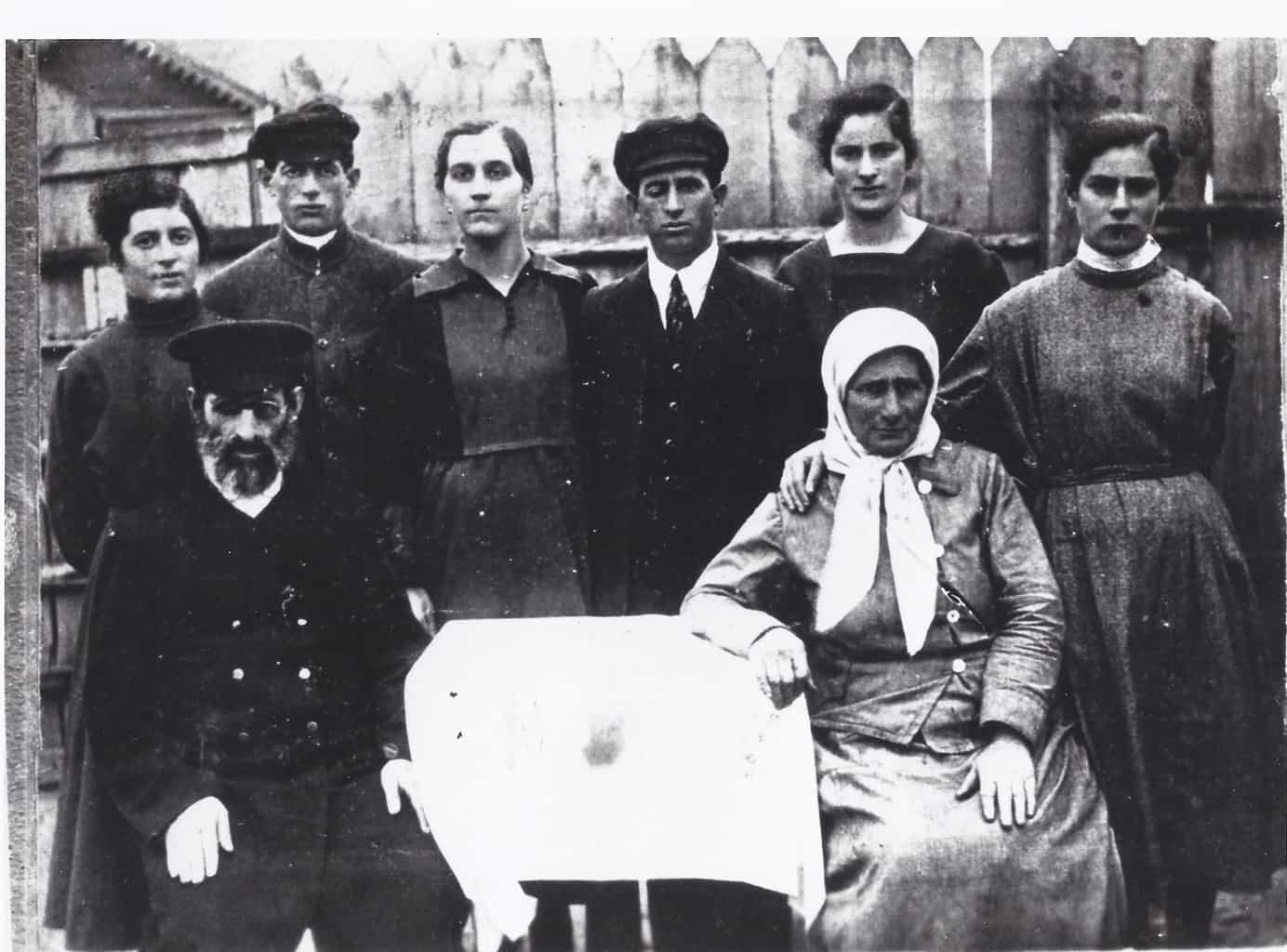Category: People
-
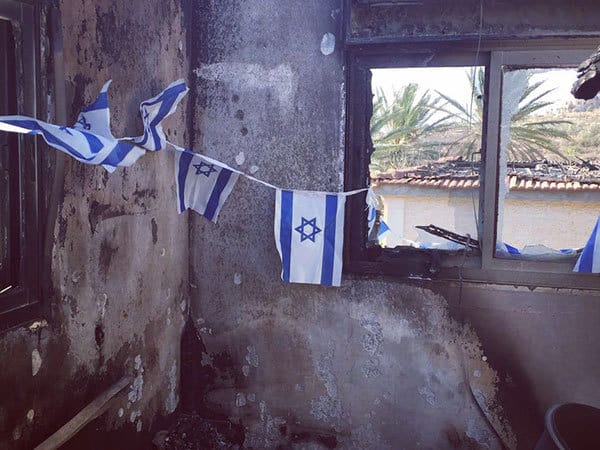
After the Fire, the Gift of Family
Reprinted from our partners at The Jewish Federations of North America. Your giving to Memphis Jewish Federation’s Annual Community Campaign makes funds available for families in need, in Memphis, Israel and around the world. This story is an example of the impact your giving can have on people in communities…
-
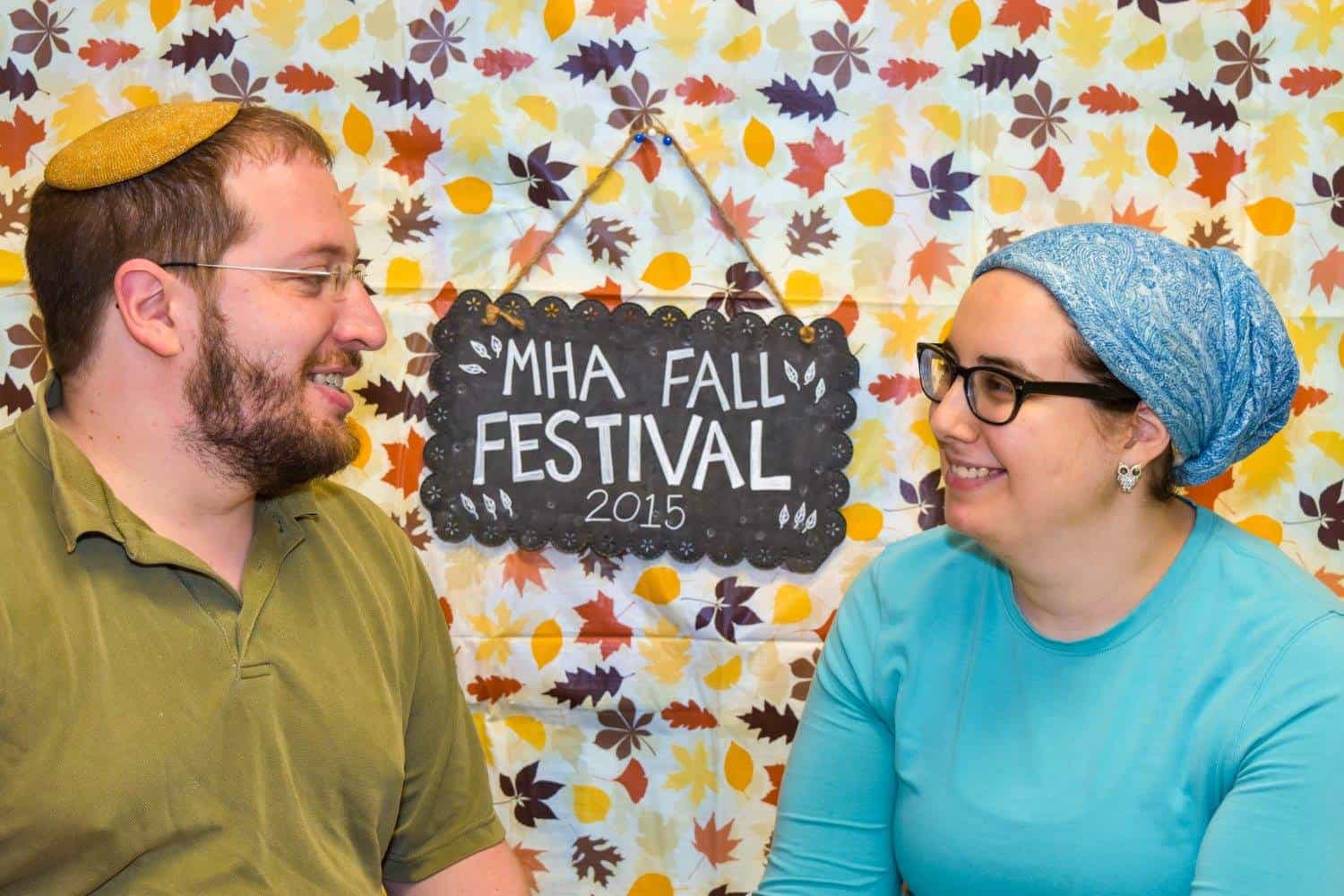
Memphis: A Welcoming Community
By Gila Golder- Gila is JCP’s community impact associate and a transplant from Baltimore. In fall 2014, I was living in upstate New York with my husband, Rob, and we were looking for a change. Rob was commuting two hours each way from Rochester to Ithaca, in his final year at Cornell Law…
-
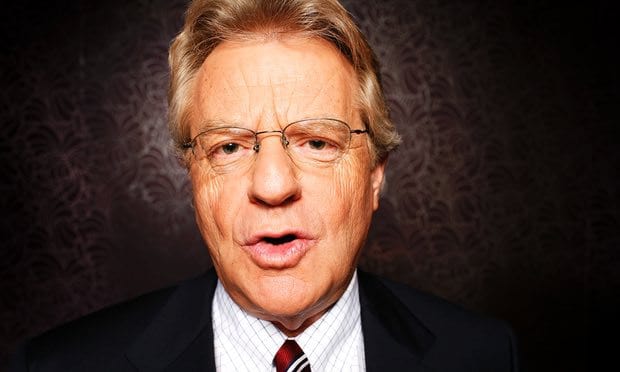
Jerry Springer Said That? 7 Quotes That Defy His Crazy TV Host Persona
Tomorrow night we welcome the iconic Jerry Springer to the MJCC stage, for a completely unique Annual Community Campaign donor event, never to be duplicated again. All of us at JCP are pretty excited about hosting him and hearing what he’s got planned for the night, but mostly we’re looking…
-
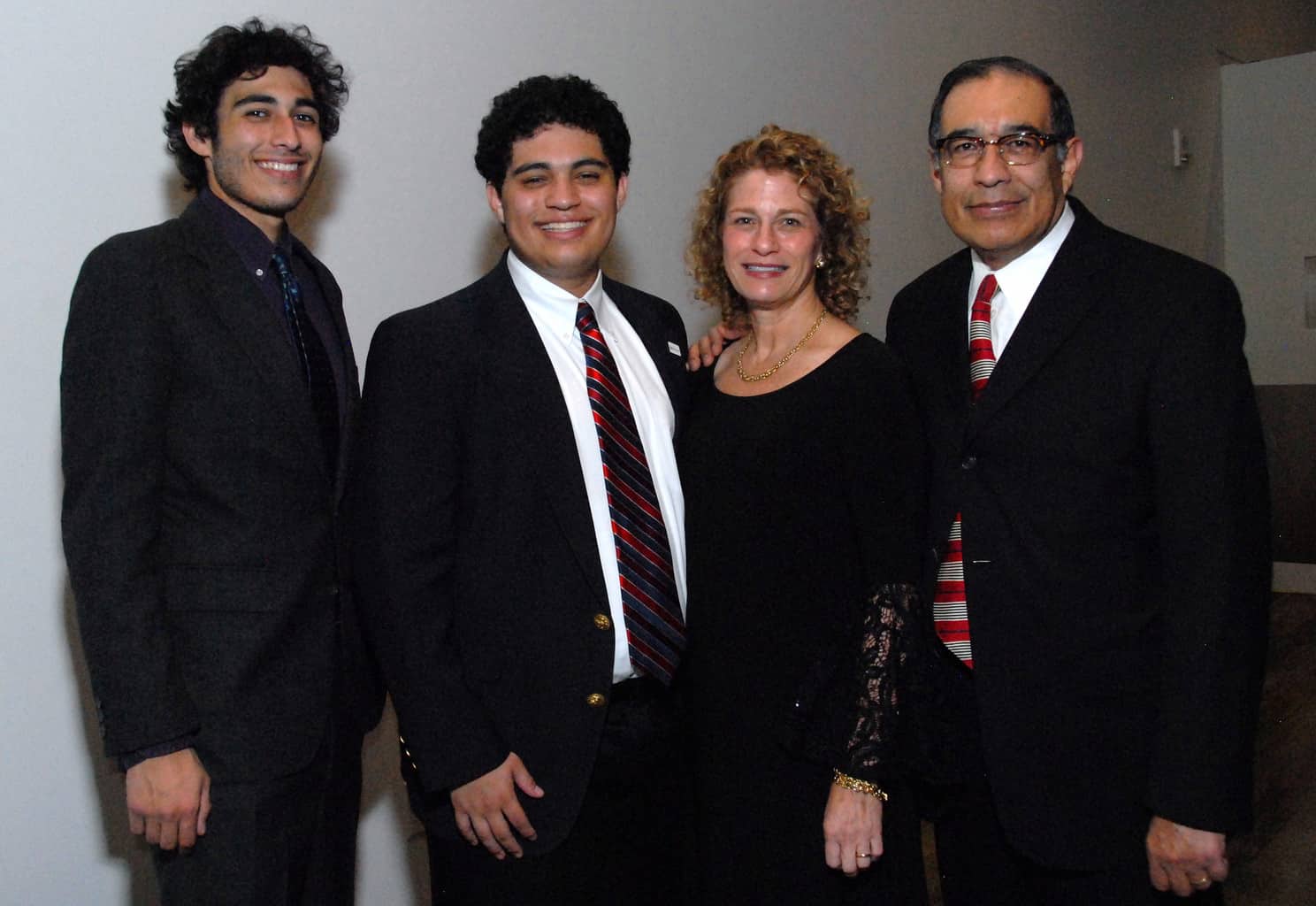
BBYO: Forming Jewish Identity
-By Sam Canales, pictured above (second from the left) with his immediate family- brother Aaron, mother Stacy, and father Art Canales. Photos by Barry Markowitz Sam Canales read an abridged version of this speech at Jewish Community Partner’s Pillars of the Community event this week, honoring the families, organizations, and…
-
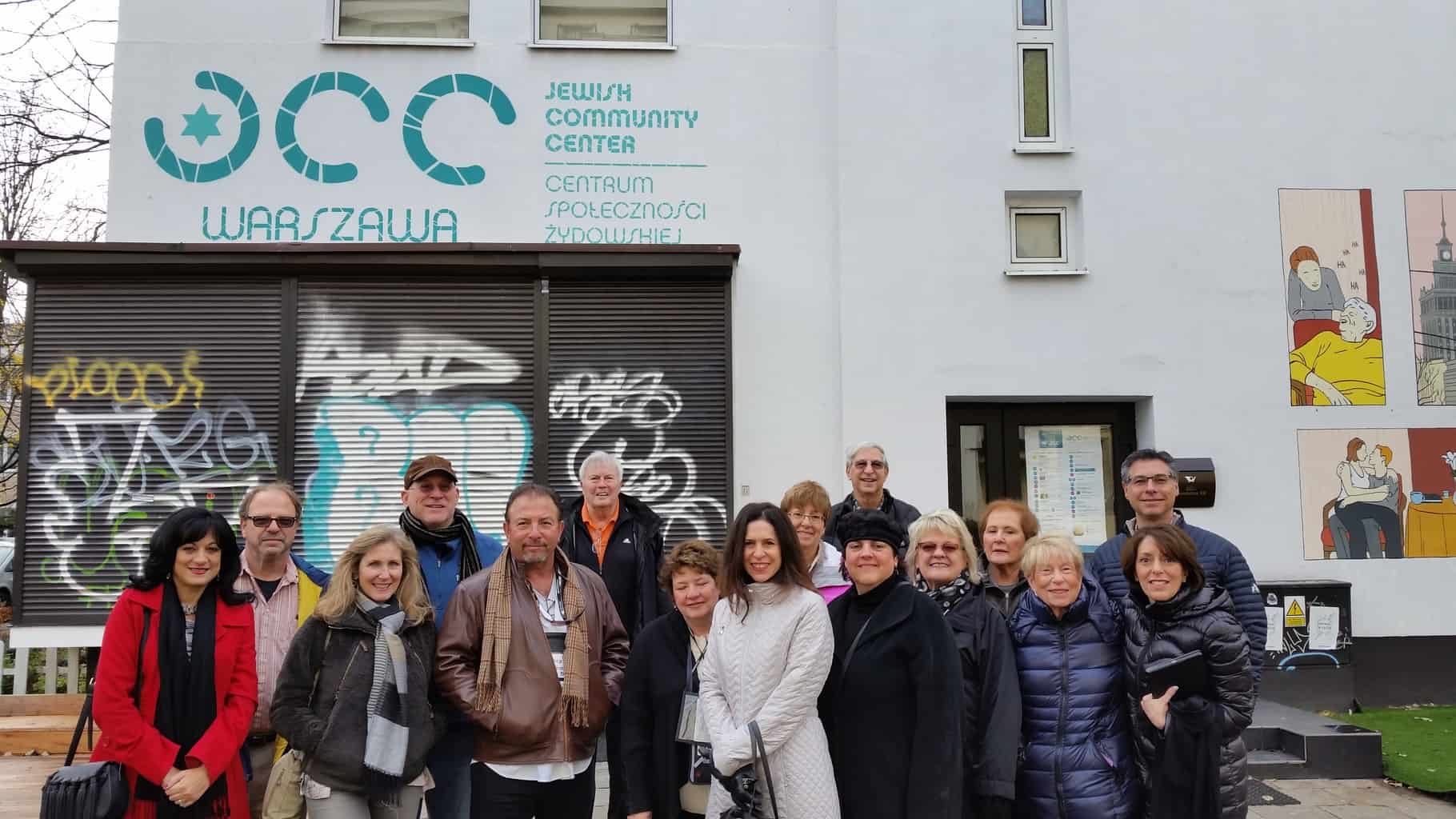
Final Reflections: Returning to Our Routines
The Memphis group returned last week from Poland and Israel, where they visited many historic sites and diverse communities, including the city of Shoham, Memphis’ newly-named Israeli partner city. The JCP/MJCC-sponsored trip connected the travelers to their Jewish history, taking them to important sites from the recent past. Here, our director of…
-
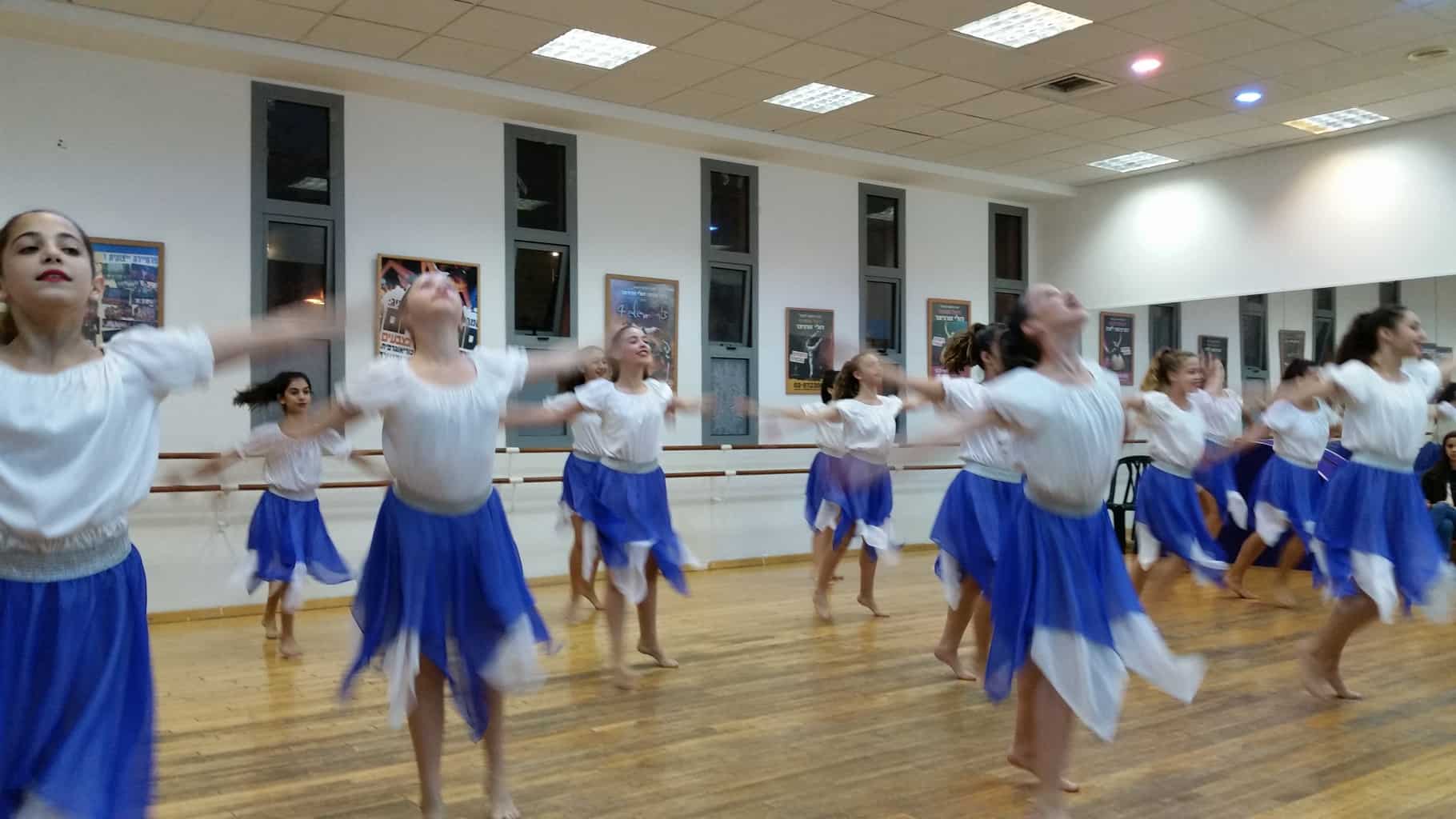
Shoham: Memphis’ Israeli Sister City
The Memphis group returns today from Poland and Israel, where they visited many historic sites and diverse communities, including the city of Shoham, Memphis’ newly-named Israeli partner city. The JCP/MJCC-sponsored trip connected the travelers to their Jewish history, taking them to important sites from the recent past. Here, our director of community…
-
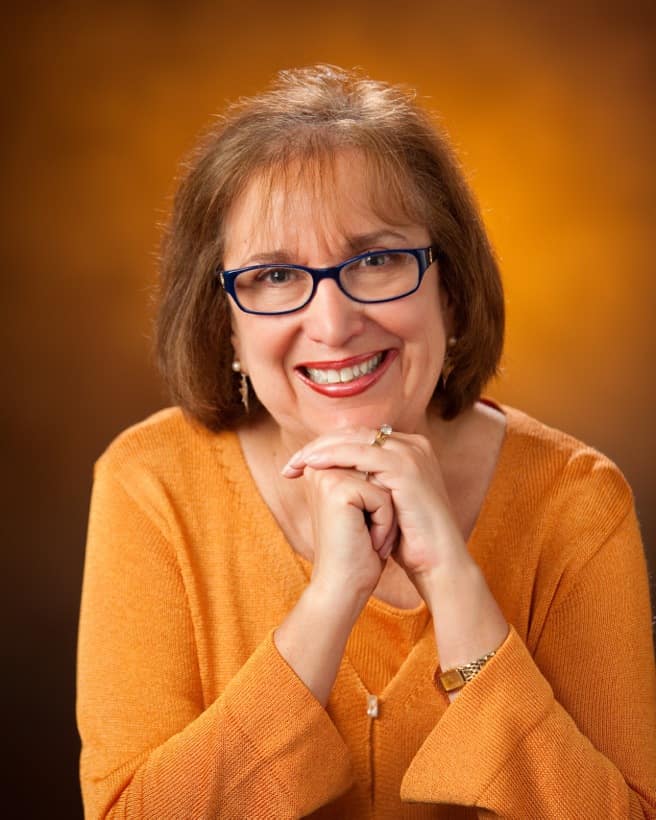
Kay Usdan Saslawsky Institute for Ethical Leadership: A Sustainable, Knowledge-Rich Jewish Community
Gearing up for its inaugural year, the Kay Usdan Saslawsky Institute for Ethical Leadership launches Spring 2017, sponsored by Jewish Community Partners and held at the MJCC. The seminar will be facilitated by notable educators and community leaders Rachel Shankman and Rabbi Feivel Strauss, who will teach a curriculum developed by…
-
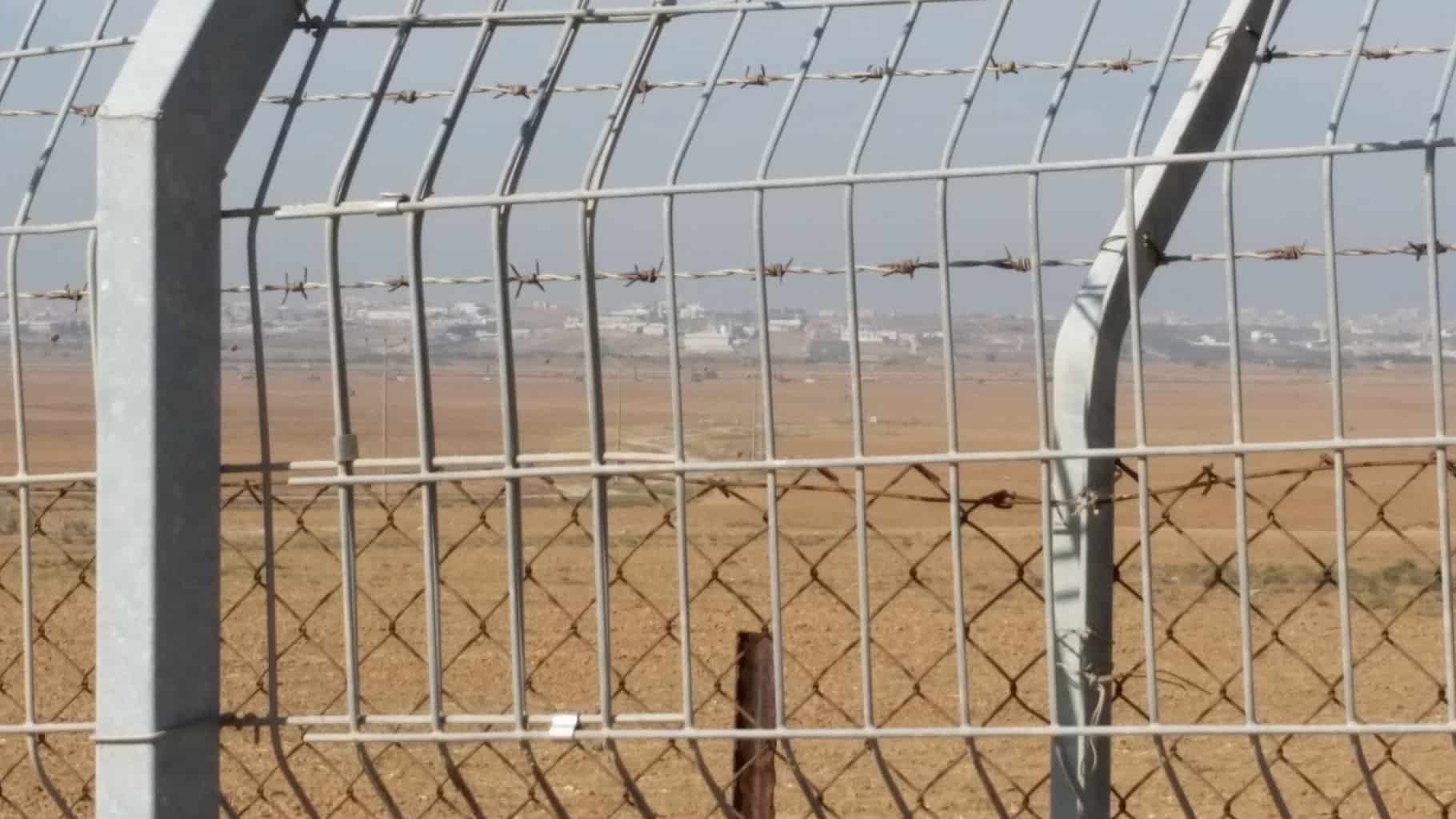
Israeli Security: Balancing Safety with Morality
The Memphis group returns today from Poland and Israel, where they visited many historic sites and diverse communities, including the city of Shoham, Memphis’ newly-named Israeli partner city. The JCP/MJCC-sponsored trip connected the travelers to their Jewish history, taking them to important sites from the recent past. Here, our director of community…
-
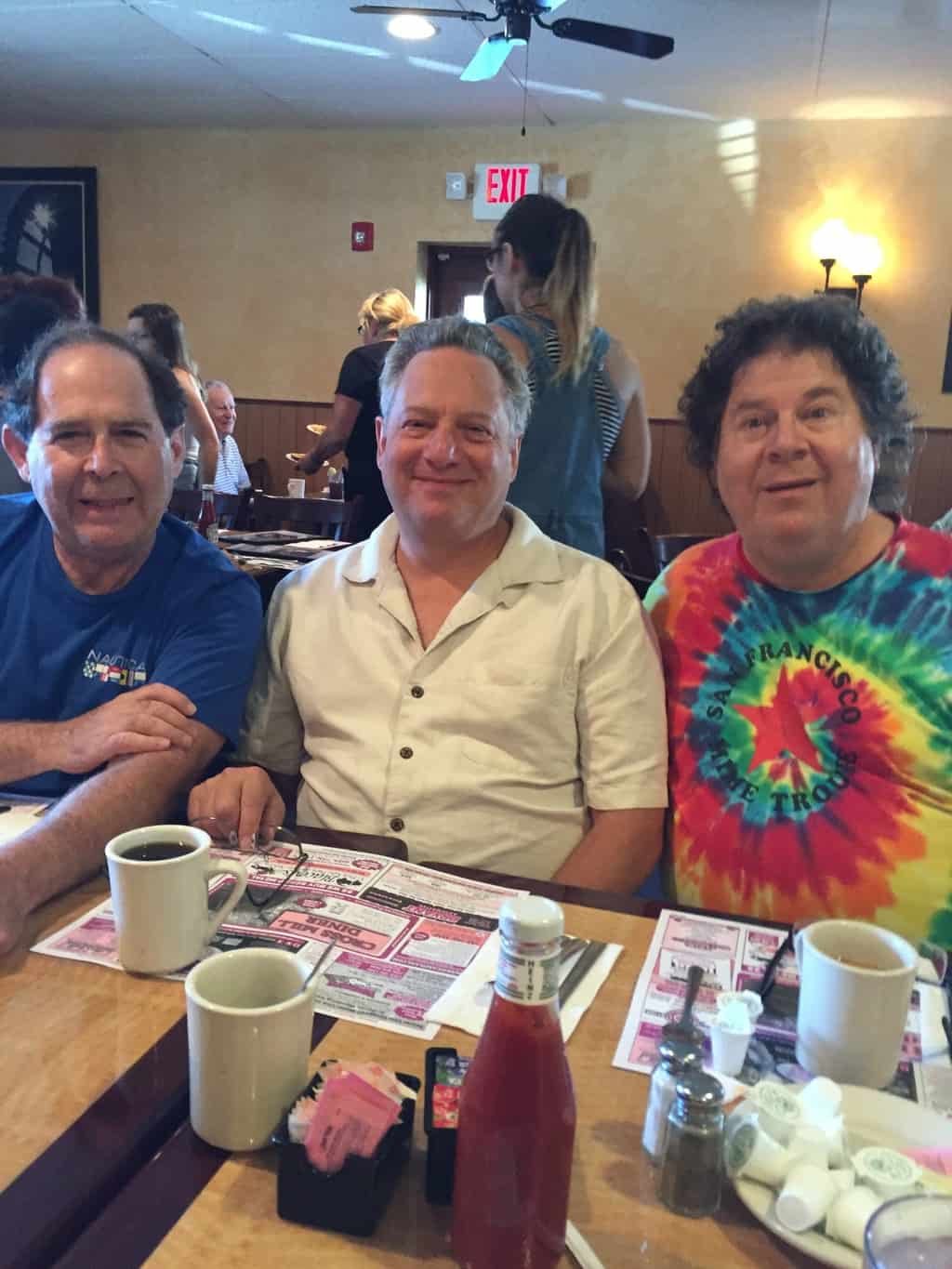
Welcome to Memphis: Charlie Belenky
When Jewish families and individuals move to Memphis, we want them to feel welcomed and embraced by their new neighbors and friends. Part of our work involves finding new Jewish Memphians and helping them plug into congregations, communities, and causes that fit their lifestyle. If you know of any new…
